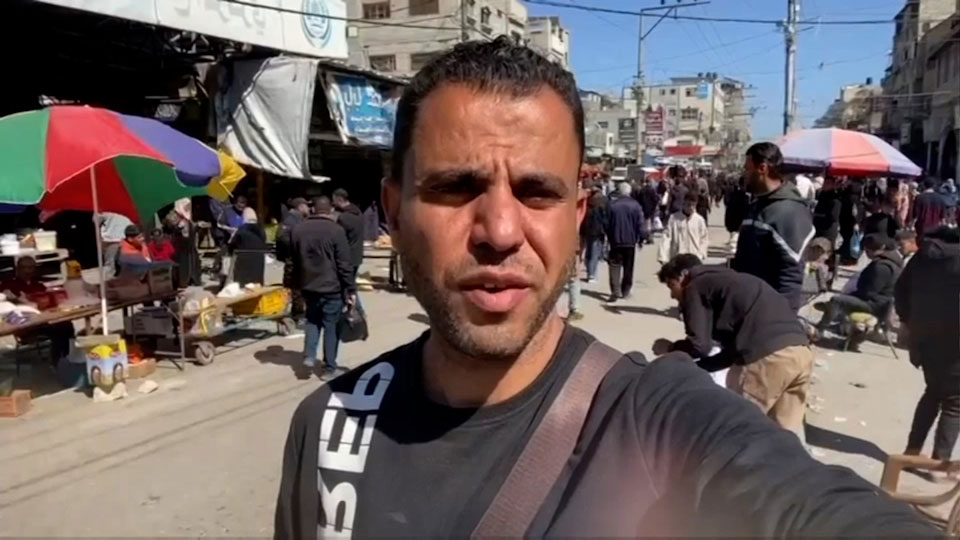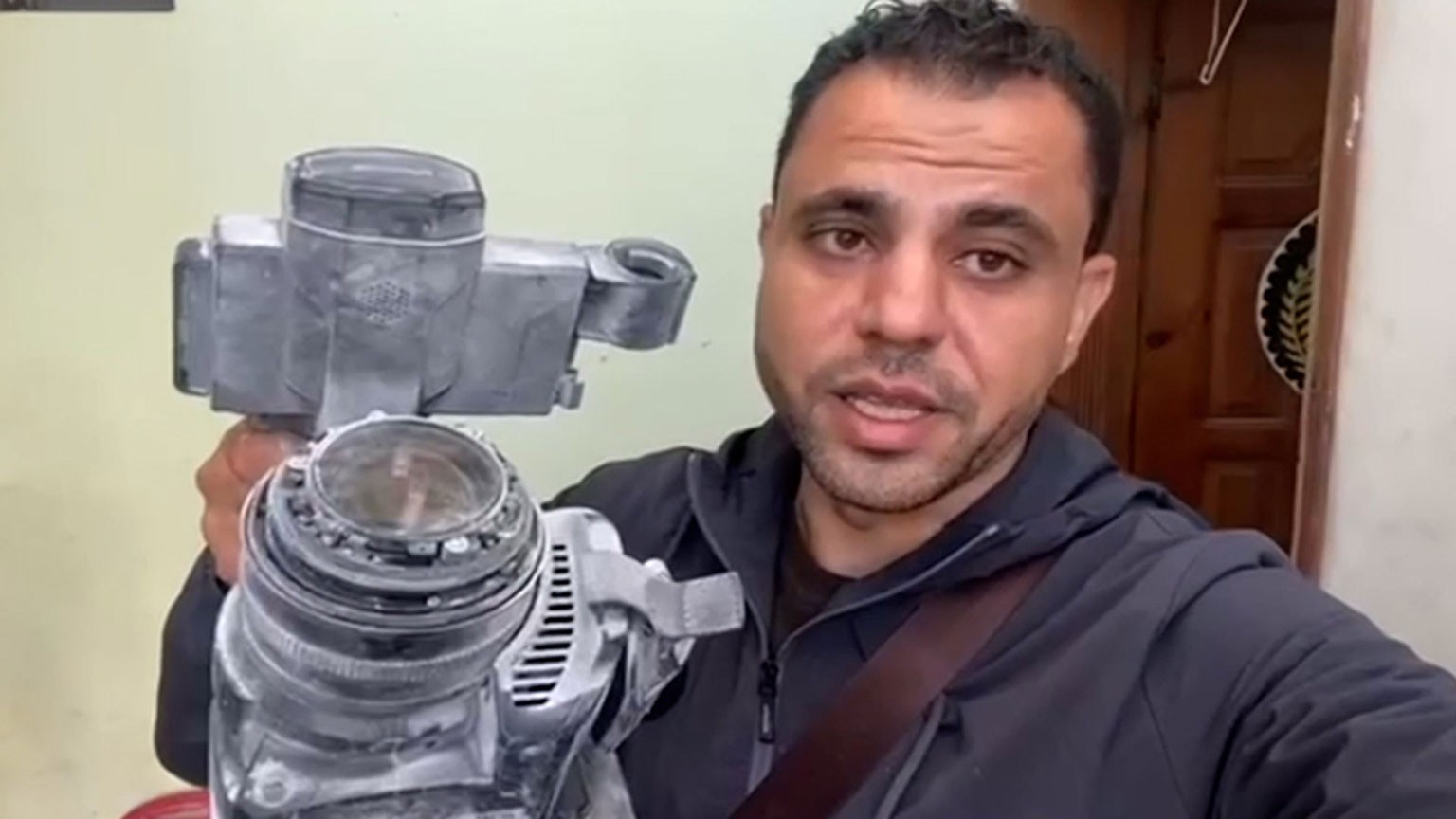NHK cameraman Salam Abu Tahoun has been reporting from the Gaza Strip for more than a decade, hoping to convey the reality there. Since the conflict began, his footage has been one of the main sources of NHK's coverage.
In October, he evacuated from Gaza City in the north to the southern part of the Gaza Strip. He is now living with his relatives in a tent on the outskirts of Rafah. At this time of year, the temperature in Gaza sometimes drops below 10 degrees Celsius, and people are suffering from the cold.
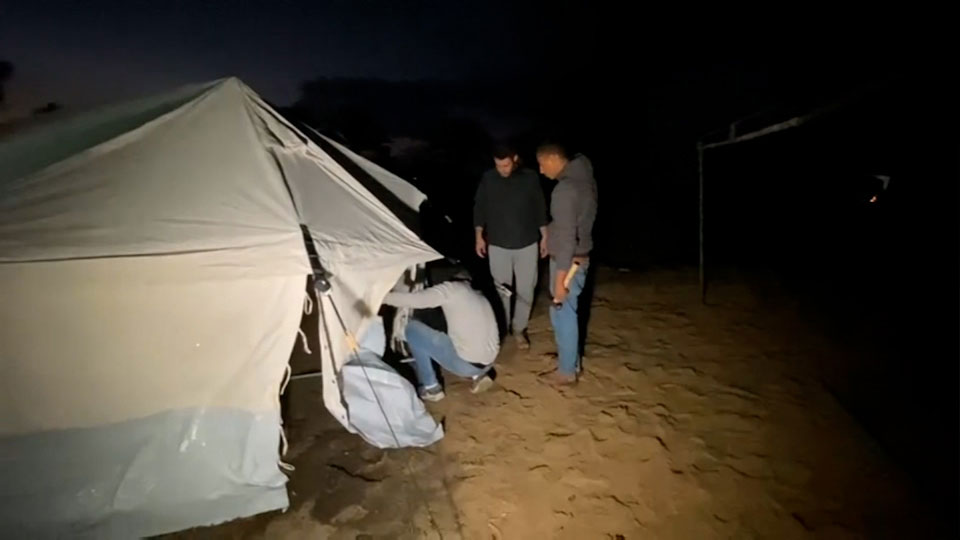
He says, "There is no safe place in Gaza and houses are being destroyed every day." Israeli air strikes often occur at close range. He reported in December that a facility in Rafah where he once took shelter was hit in an attack.
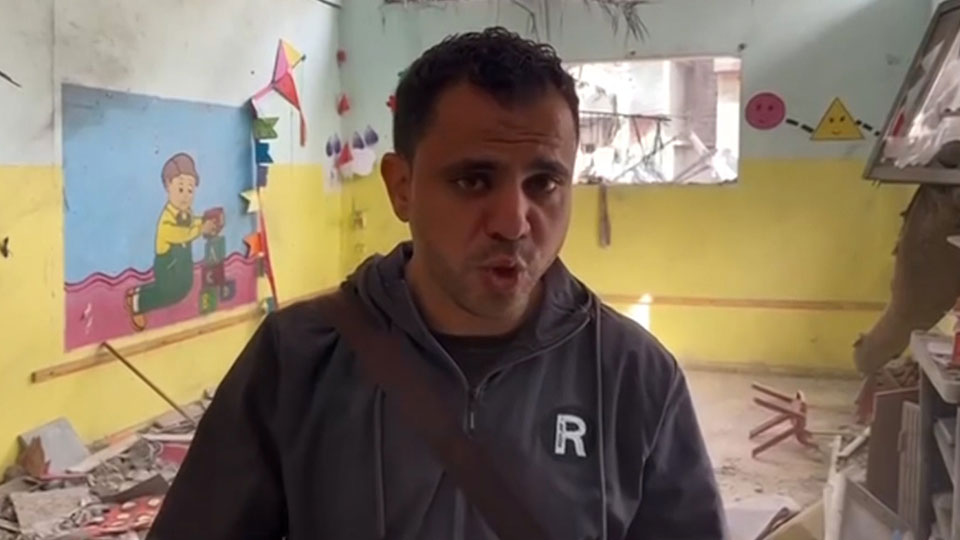
A report by the Paris-based Reporters Without Borders, states that at least 103 journalists have been killed in Israeli military attacks in the Gaza Strip.
Journalists are taking shelter near hospitals, trying to ensure safety as they continue with their coverage.
A journalist for another TV station says: "I don't know what will happen five minutes from now, or whether I will see my wife and children again. I could be hit and killed even at this very moment."
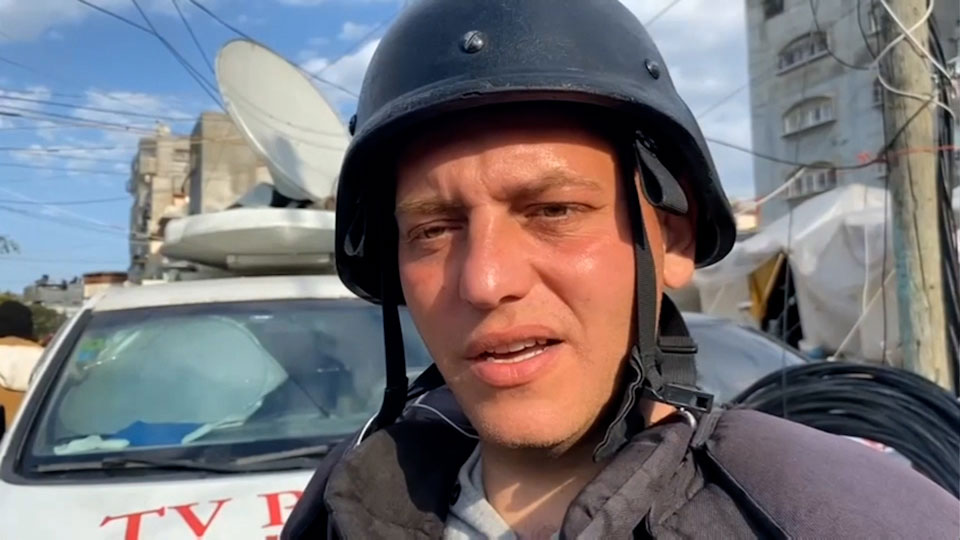
Broken infrastructure poses problems for journalists
Infrastructure essential for reporting on the conflict has also been destroyed. The electricity supply has been badly affected so Salam uses solar panels to charge the smartphones and cameras he uses. But at this time of year, there are many rainy and cloudy days, and he often cannot charge them.
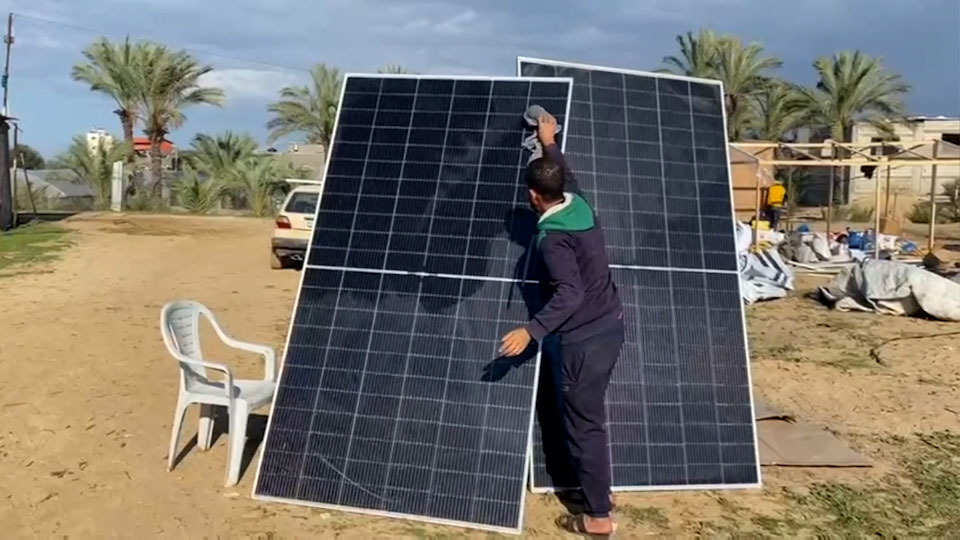
Internet connections in the district have also been damaged in Israeli military attacks, making it difficult to contact colleagues and acquaintances.
Salam says: "To connect to the Internet, I have to walk a couple of kilometers. I do this every day."
In addition, he often uses a carriage pulled by a donkey as fuel is limited.
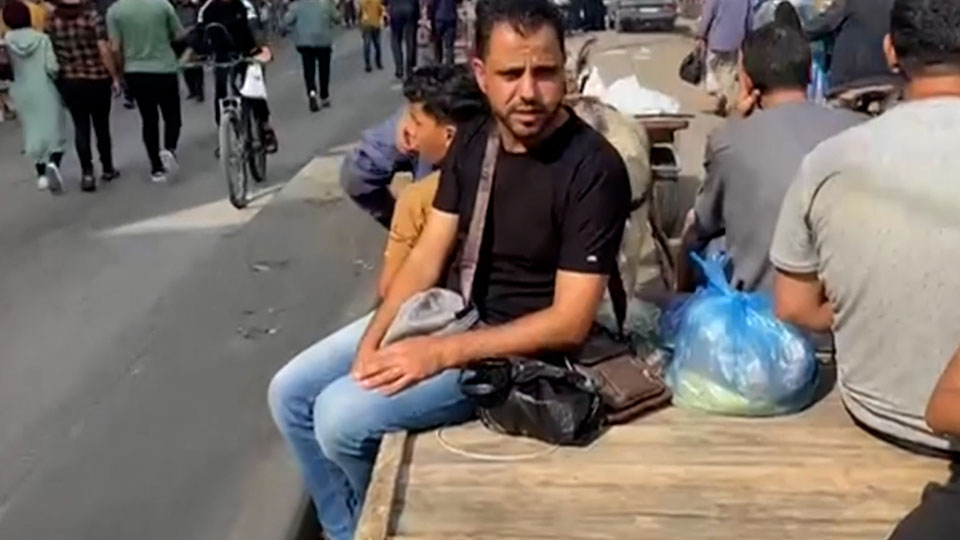
Still, Salam thinks it is worth the trouble and worth risking his life to provide coverage because he believes local journalists are the only ones who can convey the voices of people in Gaza to the world.
Salam says: "Since the start of the conflict, the activities of journalists in the Gaza Strip have been limited. No safety has been secured, daily necessities are in short supply, and everyone in Rafah is exhausted. Even so, I'm determined to fulfill my mission of reporting from here, even if I have to live in a tent."
